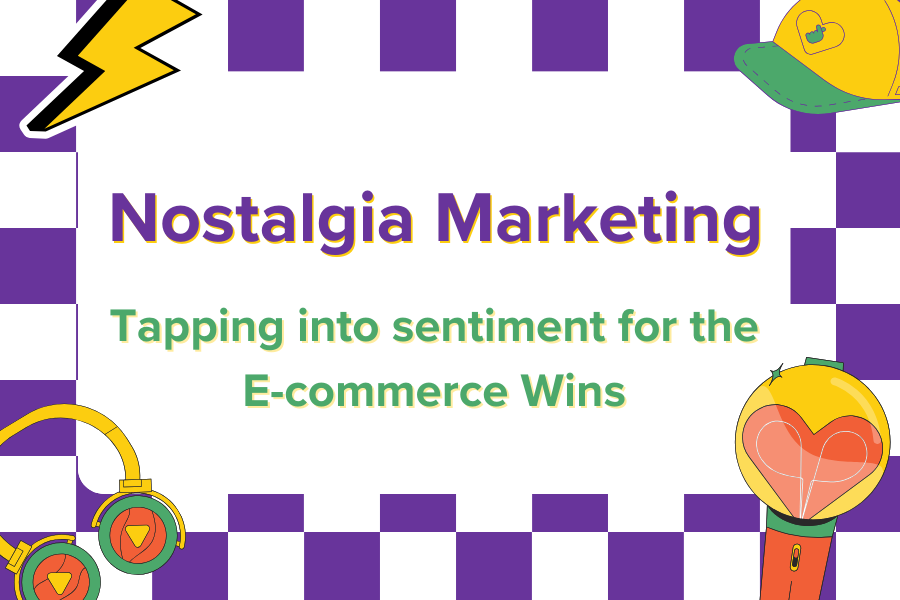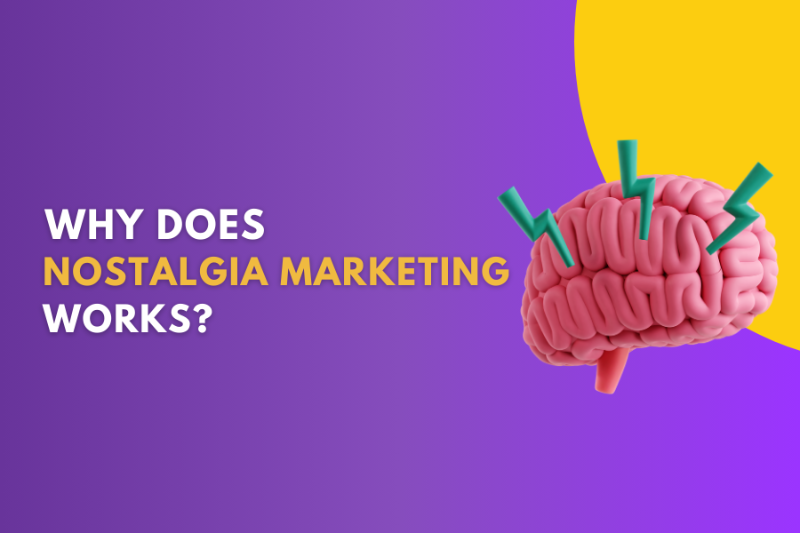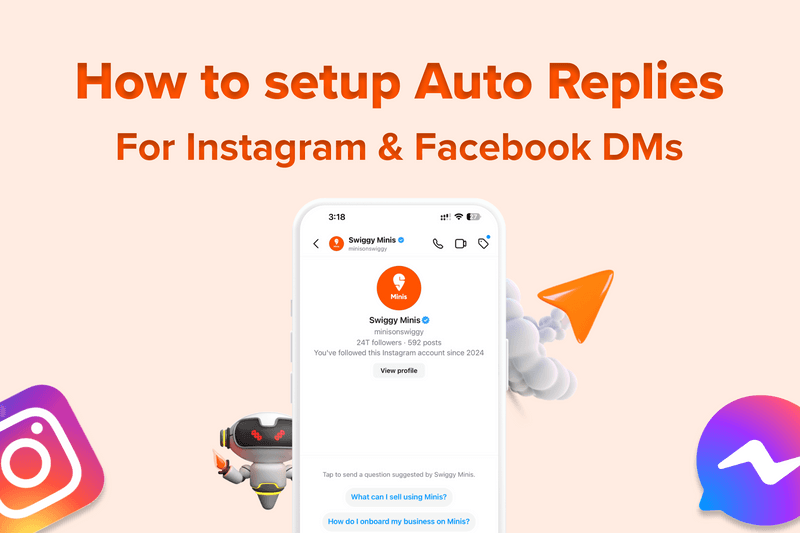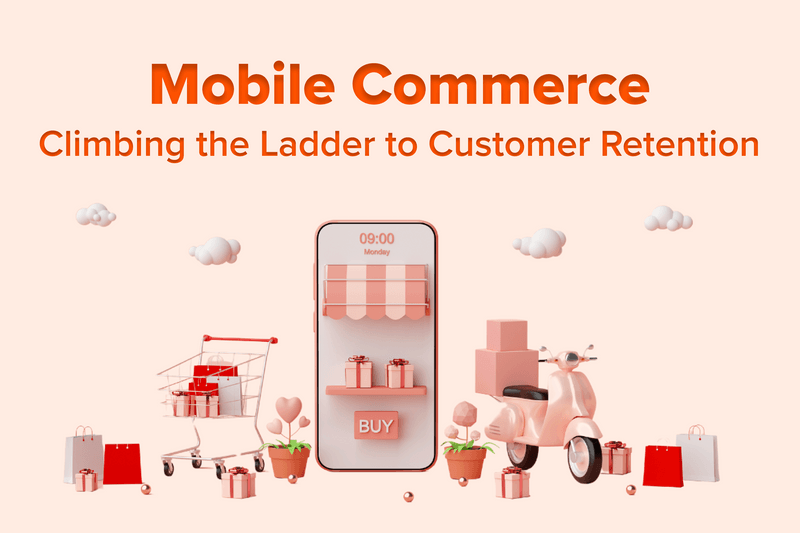
In the ever-evolving landscape of e-commerce, where new trends and technologies emerge at lightning speed, there's a powerful tool that's making a significant impact: nostalgia marketing. This approach taps into the sentimental feelings and memories of consumers, transporting them back to simpler, happier times. Let's delve into how nostalgia marketing is being used in e-commerce to create memorable experiences and drive sales.
Picture a marketing strategy that doesn't just sell products but whispers stories of days gone by, painting a canvas of nostalgia. Welcome to the enchanting world of nostalgia marketing – a symphony of sentiments that not only captures attention but weaves a seamless bridge between the past and present. In this blog, we're about to unravel the fascinating story of nostalgia marketing, exploring its origins, and the delightful dance of benefits and challenges it introduces to the ever-evolving stage of online commerce. So, buckle up for a journey and discover how nostalgia is carving out a unique space in the digital shopping experience!
Contents
What is Nostalgia Marketing?
Nostalgia marketing is a strategy that leverages the fond memories and emotions of the past to create a connection with consumers. It involves the use of imagery, music, products, or themes that evoke a sense of longing or affection for the past. This can be particularly effective in today’s digital age, where consumers are constantly bombarded with new products and information.
Why Does Nostalgia Marketing Work?

1. Emotional Connection
It forges a profound emotional bond with consumers by triggering positive memories.
It creates a sense of warmth and familiarity that extends beyond transactional relationships.
2. Brand Loyalty
It cultivates unwavering brand loyalty as customers associate positive emotions with your products.
It encourages repeat business from those seeking the comfort and reliability of a familiar brand.
3. Differentiation
It stands out from the competition by weaving unique historical elements into your brand narrative.
It establishes a distinctive brand identity that captivates in a crowded and competitive market.
4. Broad Demographic Appeal
It appeals to a wide demographic range, bridging the generational gap with shared cultural connections.
It attracts both older consumers who lived through the era and younger audiences seeking a taste of the past.
5. Authenticity and Trust
It conveys authenticity by integrating genuine historical elements into your marketing strategy.
It builds trust by evoking a sense of continuity, tradition, and a commitment to your brand's roots.
Implementing Nostalgia Marketing in E-commerce

1. Know Your Audience
Understanding your target demographic is crucial. What era are they nostalgic about? Is it the 80s, 90s, or early 2000s? Tailor your nostalgic elements to resonate with your specific audience.
2. Use Social Media Wisely
Platforms like Instagram, Facebook, and TikTok are ideal for sharing nostalgic content. Use throwback posts, vintage filters, or retro-themed challenges to engage your audience.
3. Revive Old Products or Packaging
Bringing back discontinued products or using retro packaging for a limited time can create excitement and a sense of urgency among consumers.
4. Collaborate with Nostalgic Brands
Partnering with brands that are already associated with the past can amplify your nostalgia marketing efforts.
5. Storytelling
Craft narratives around your products that tie into nostalgic themes. Stories that evoke memories can be particularly effective.
6. Leverage User-Generated Content
Encourage customers to share their own nostalgic stories or experiences with your brand. This not only provides authentic content but also strengthens community ties.
7. Special Editions and Throwback Campaigns
Release special edition products or run marketing campaigns that pay homage to different eras or past popular culture.
Challenges Faced During This Journey

Despite its many advantages, nostalgia marketing is not without its challenges. Here are some challenges that you might face in the process of crafting the strategies.
1. Balancing Act
- Striking the right balance between leveraging the past and staying relevant in the present can be delicate.
- Over reliance on nostalgia may risk making the brand appear outdated or disconnected from current consumer trends.
2. Cultural Sensitivity
- Misinterpreting the cultural context or nostalgia associated with a specific era can alienate certain segments of the audience.
- Navigating the nuances of different cultural perspectives is crucial to avoid unintentional missteps.
3. Target Audience Understanding
- A nuanced understanding of the target demographic is essential to ensure that nostalgic elements resonate with the intended audience.
- Failing to align with the preferences and memories of the target audience can result in ineffective campaigns.
4. Avoiding Stereotypes
- Incorporating nostalgic elements may inadvertently reinforce stereotypes or outdated cultural norms.
- Careful consideration is needed to ensure that the nostalgic portrayal is inclusive and respectful of diversity.
By tapping into the emotional reservoir of positive memories, brands can create a sense of belonging and authenticity. However, as with any marketing strategy, a thoughtful and well-researched approach is essential to avoid potential pitfalls. As businesses continue to explore new avenues for consumer engagement, nostalgia marketing remains a timeless and effective strategy for those looking to bridge the gap between the past and the future.
View more such blogs 📰
The Art of Customer Retention: Strategies for E-Commerce Success🚀
Customer Reviews and their impact on E-Commerce🚀💯
Influencer Marketing: Elevating your E-Commerce Business to new heights🚀
✍️How to write effective Product Descriptions for your online store in India?


